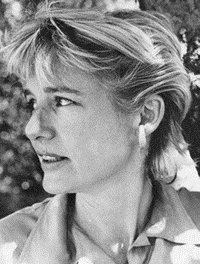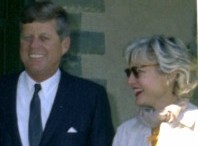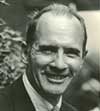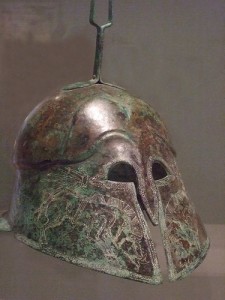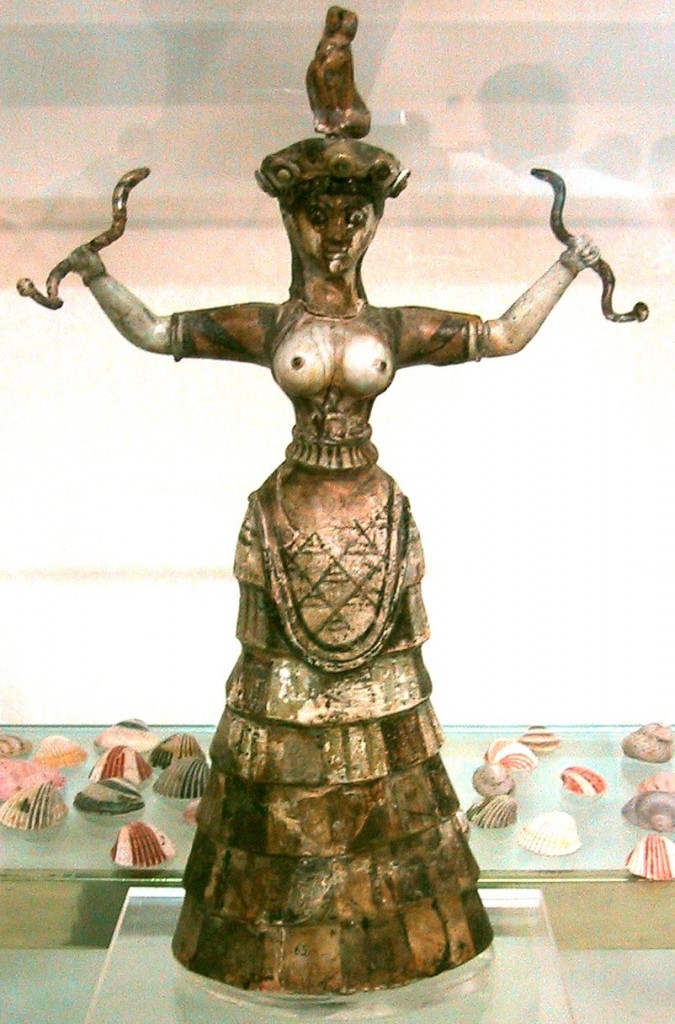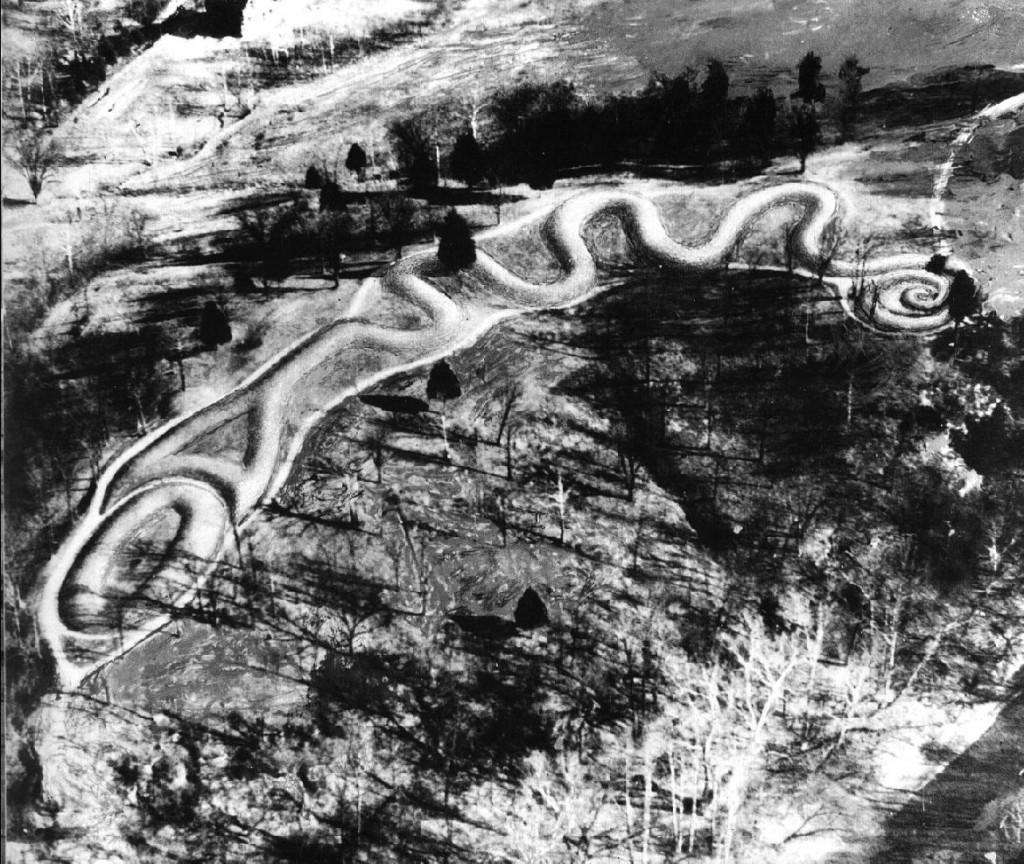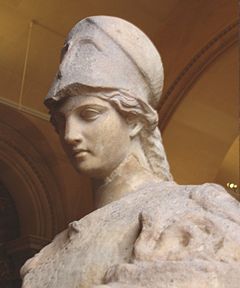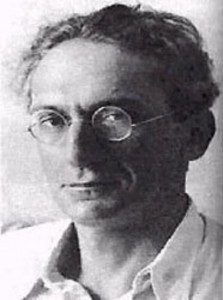

The assassinations of the 1960s and the tragic events of 2001 have resisted resolution for many years. Now young Americans have an opportunity to contribute to solving them. Steven J. Dillon and Kenneth J. Dillon of Scientia Press suggest why the investigations have not borne fruit, how we can reach more clarity, and what special strengths young Americans can bring to the effort to get to the bottom of them. See also https://www.scientiapress.com/kgb-theory, https://www.scientiapress.com/jdey-anthrax-mailings, and www.scientiapress.com/al-qaeda-shoebomber-flight-587.
Young Americans Can Help Resolve Our Historical Tragedies
Steven J. Dillon and Kenneth J. Dillon, June 12, 2025
Both the assassinations of the 1960s–John F. Kennedy, Martin Luther King, and Robert F. Kennedy–and the tragic events of 2001 changed the course of the country yet left more questions than answers. Older generations of Americans have extensively researched and debated theories of these events but have failed to converge on solutions even as their views have hardened. For 2001, they don’t even agree on which events should be included. Now, however, young Americans, many of whom were not even alive in 2001, have an opportunity and a duty to investigate these events and uncover truths that have been hidden but not necessarily lost.
Investigations into the assassinations of the 1960s reveal several clues,
 With updates, from Kenneth J. Dillon, Intriguing Anomalies: An Introduction to Scientific Detective Work. Notes, bibliography, and images can be found in the original. For a brief overview, see Ten Key Points about Medicinal Bracelets. For his novel of discovery science, see Rosemarie (Washington, D.C.: Scientia Press, 2021).
With updates, from Kenneth J. Dillon, Intriguing Anomalies: An Introduction to Scientific Detective Work. Notes, bibliography, and images can be found in the original. For a brief overview, see Ten Key Points about Medicinal Bracelets. For his novel of discovery science, see Rosemarie (Washington, D.C.: Scientia Press, 2021).




